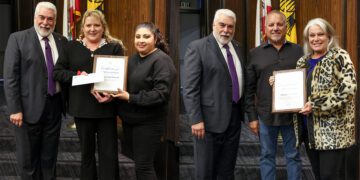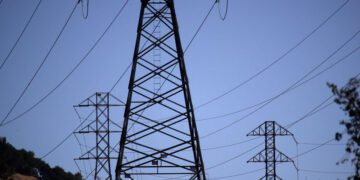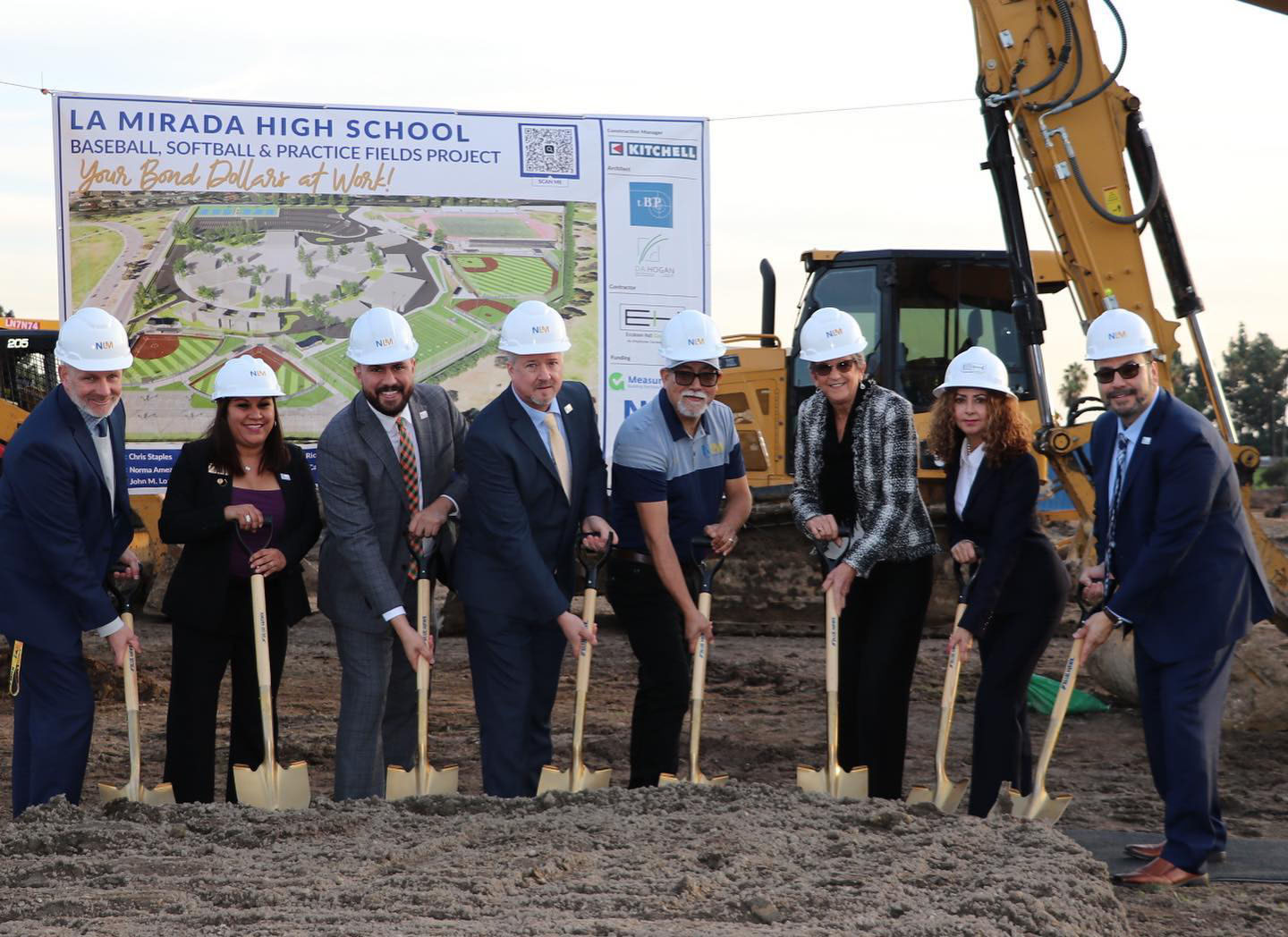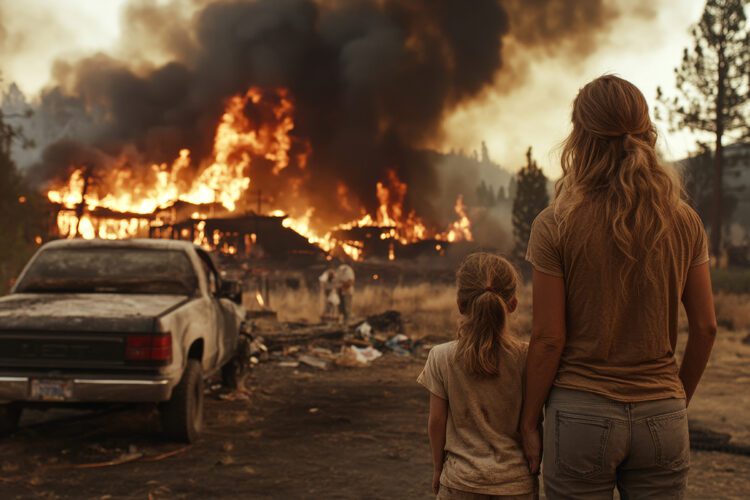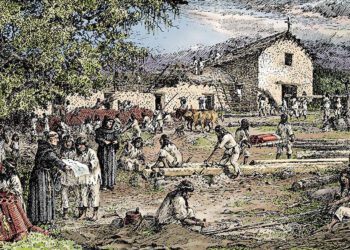As the threat from wildfires in California grows, insurance companies have been pulling back their offerings to homeowners. But while the Legislature was unable to agree on how to address the high cost of doing business in the state while protecting homeowners, the executive branch is stepping in.
On Thursday, September 21, Insurance Commissioner Ricardo Lara unveiled an agreement calling for insurers to return to wildfire zones, but giving companies an easier path to rate increases.
CalMatters’ housing reporter Ben Christopher explains the proposed regulations: “Major insurers will be required to cover a certain share of homeowners in the most wildfire-prone areas. In exchange, the Department of Insurance will allow companies to charge more. “
Lara said that, if adopted, the changes will be the most significant adjustment of insurance policies since 1988, when Californians voted to require insurance companies to get prior approval before raising premiums.
Less than two hours before Lara’s announcement, Governor Gavin Newsom issued an executive order that directed the commissioner to “take swift regulatory action” to expand choices for consumers, especially in underserved areas; improve the speed and transparency of the rate approval process; and shore up the state’s FAIR Plan, which offers limited insurance to homeowners who cannot find a policy through a private insurer. Newsom stated “This is yet another example of how climate change is directly threatening our communities and livelihoods. It is critical that California’s insurance market works to protect homes and businesses in every corner of our state.”
Wildfire smoke worsens air quality. Air quality in Northern California reached unhealthy levels this week as eight wildfires greater than 300 acres burned across the state. Most of them are near the Oregon border, but the smoke blew as far south as the Bay Area.
The situation is worse in California and Nevada, which saw particulate pollution drop 32% from 2000 to 2015, then jump 14% from 2016 to 2022, according to the study. Even a few hours of exposure to elevated levels of that pollution can trigger asthma and heart attacks.
So what is the state doing to tackle wildfires? As CalMatters’ Julie Cart has reported, the growing unpredictability of modern wildfires has led the state to invest in new technology, such as drones, military satellites and AI-assisted maps.
For more on where wildfires are burning in California, check out the CalMatters tracker [calmatters.org] which is now using data by Watch Duty, a nonprofit that tracks and sends alerts in real time on wildfire and firefighting efforts in the West.
By CALMATTERS






